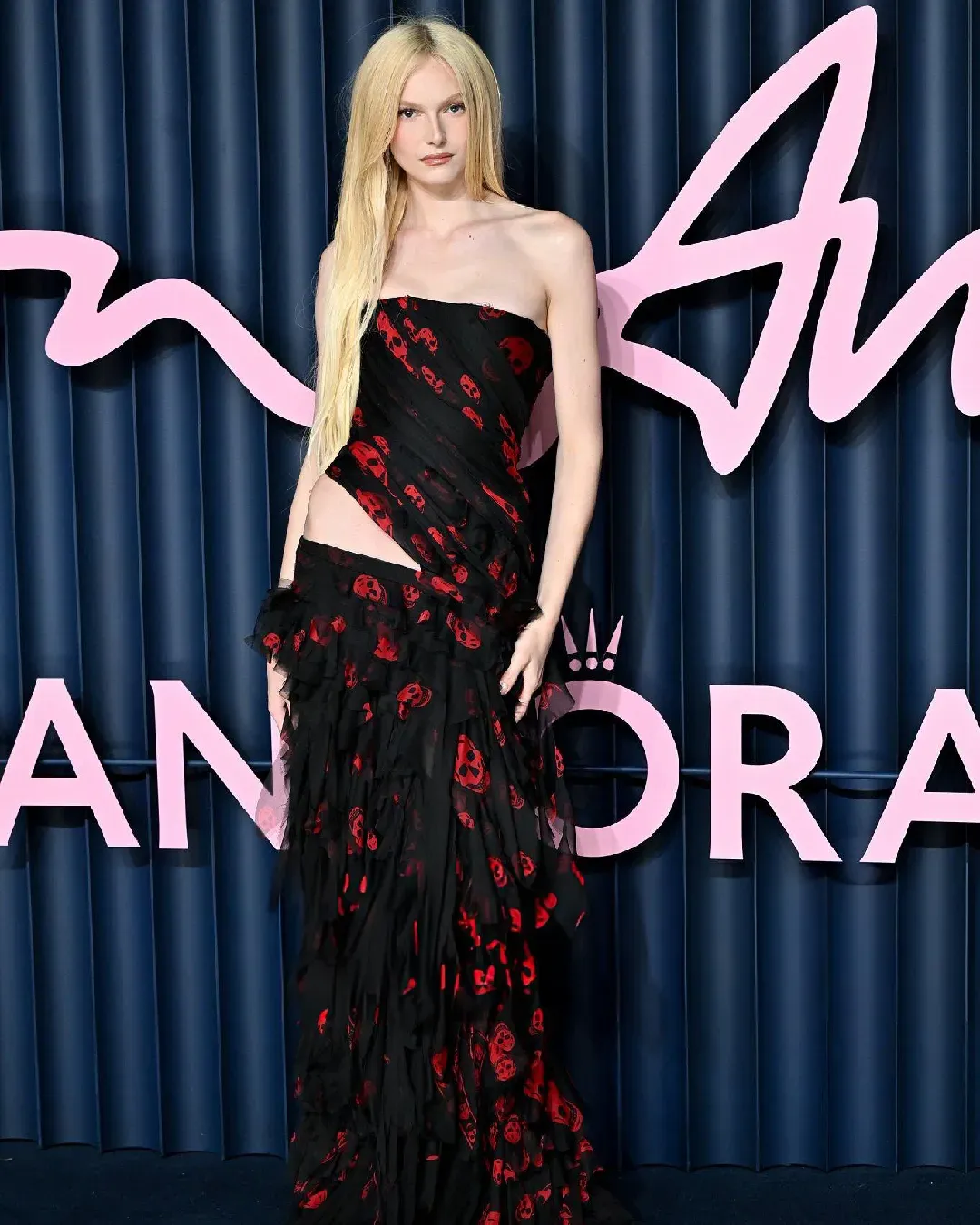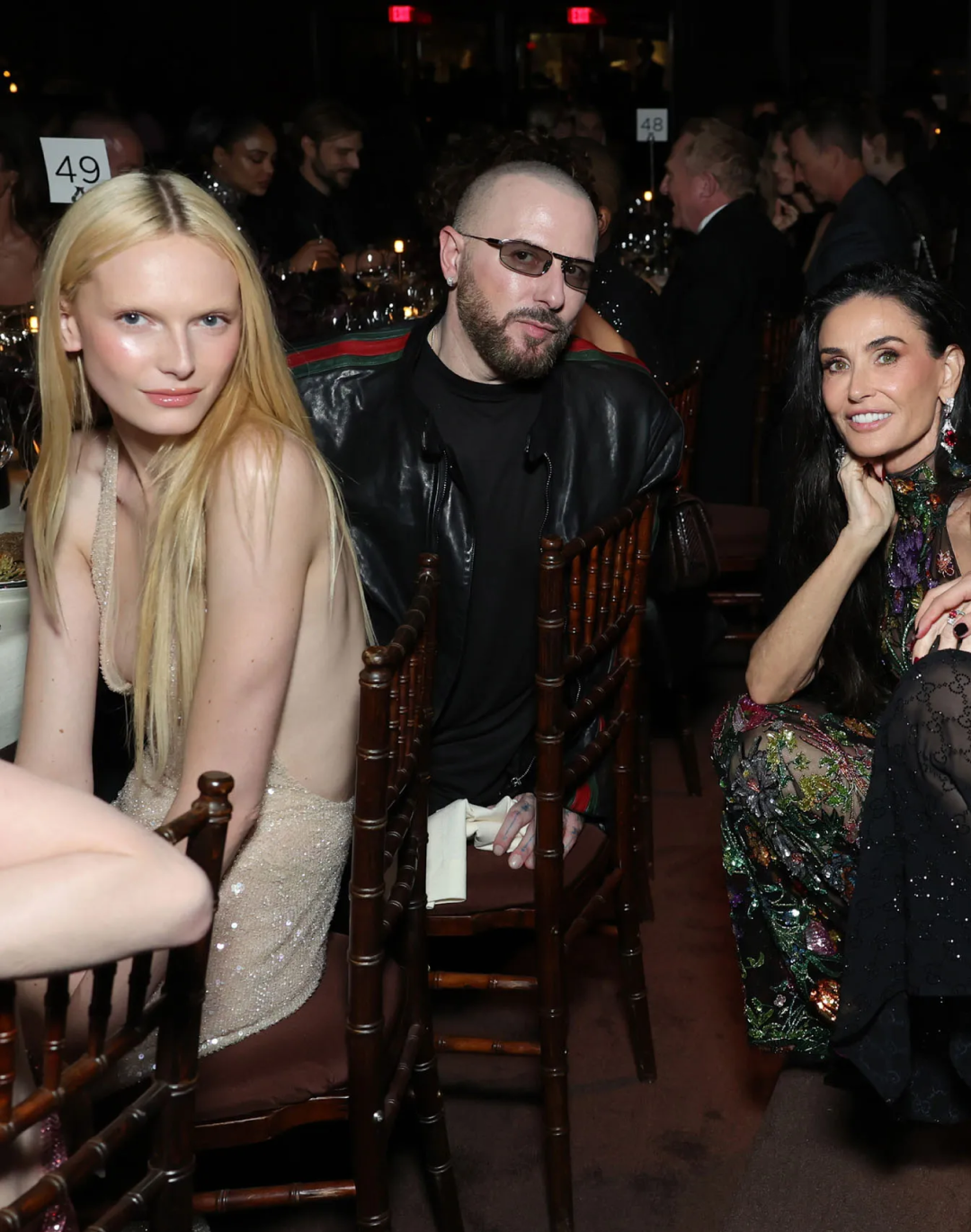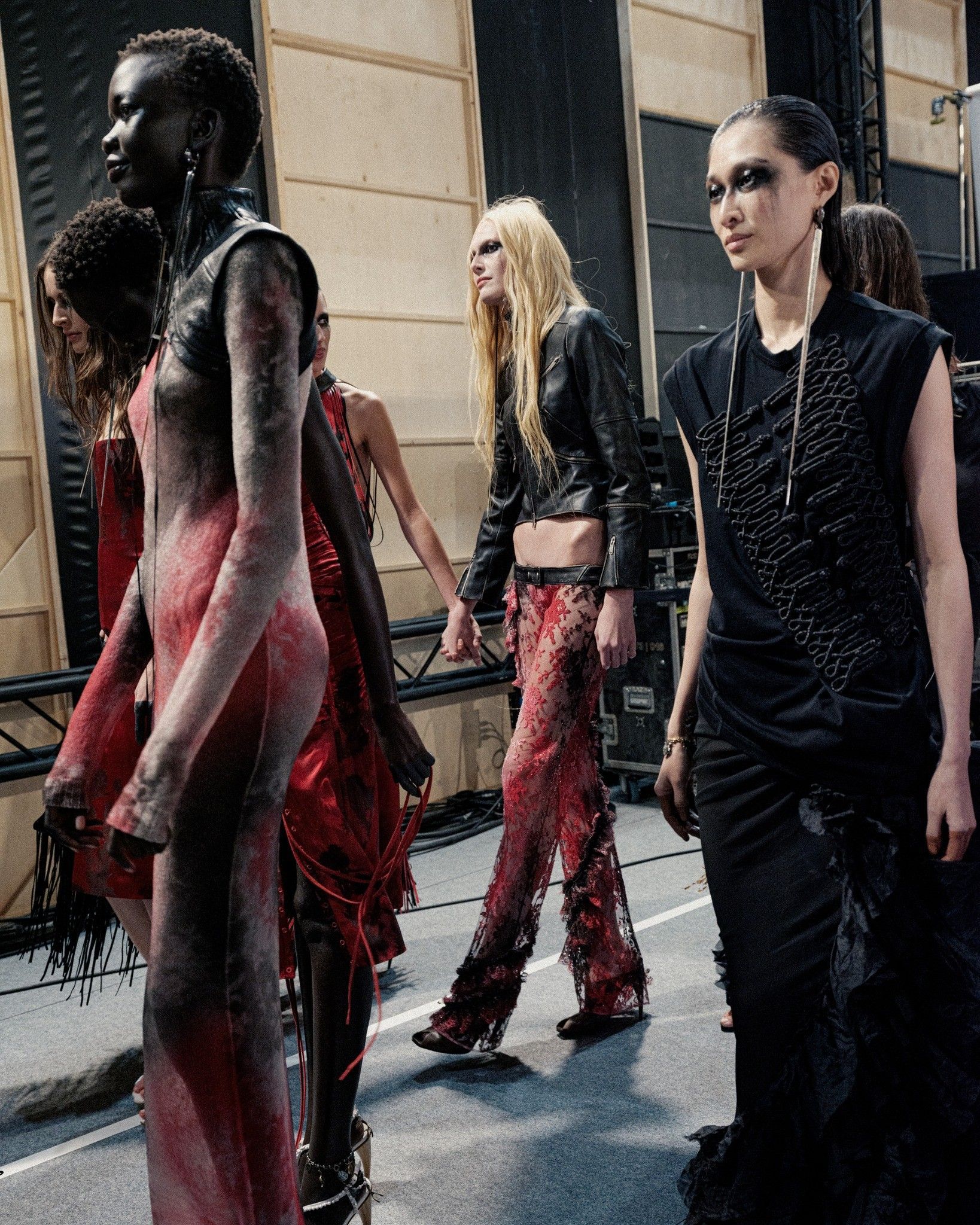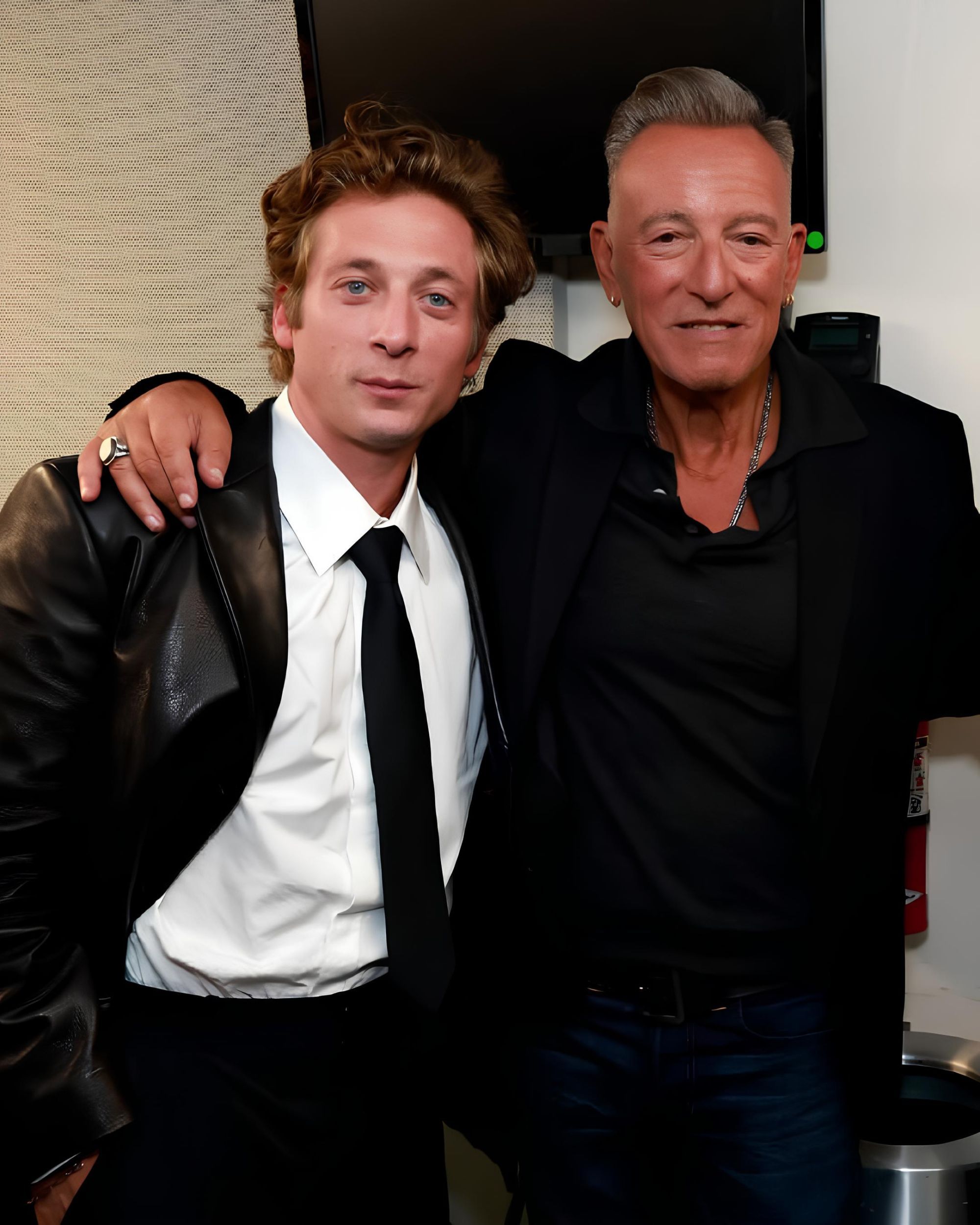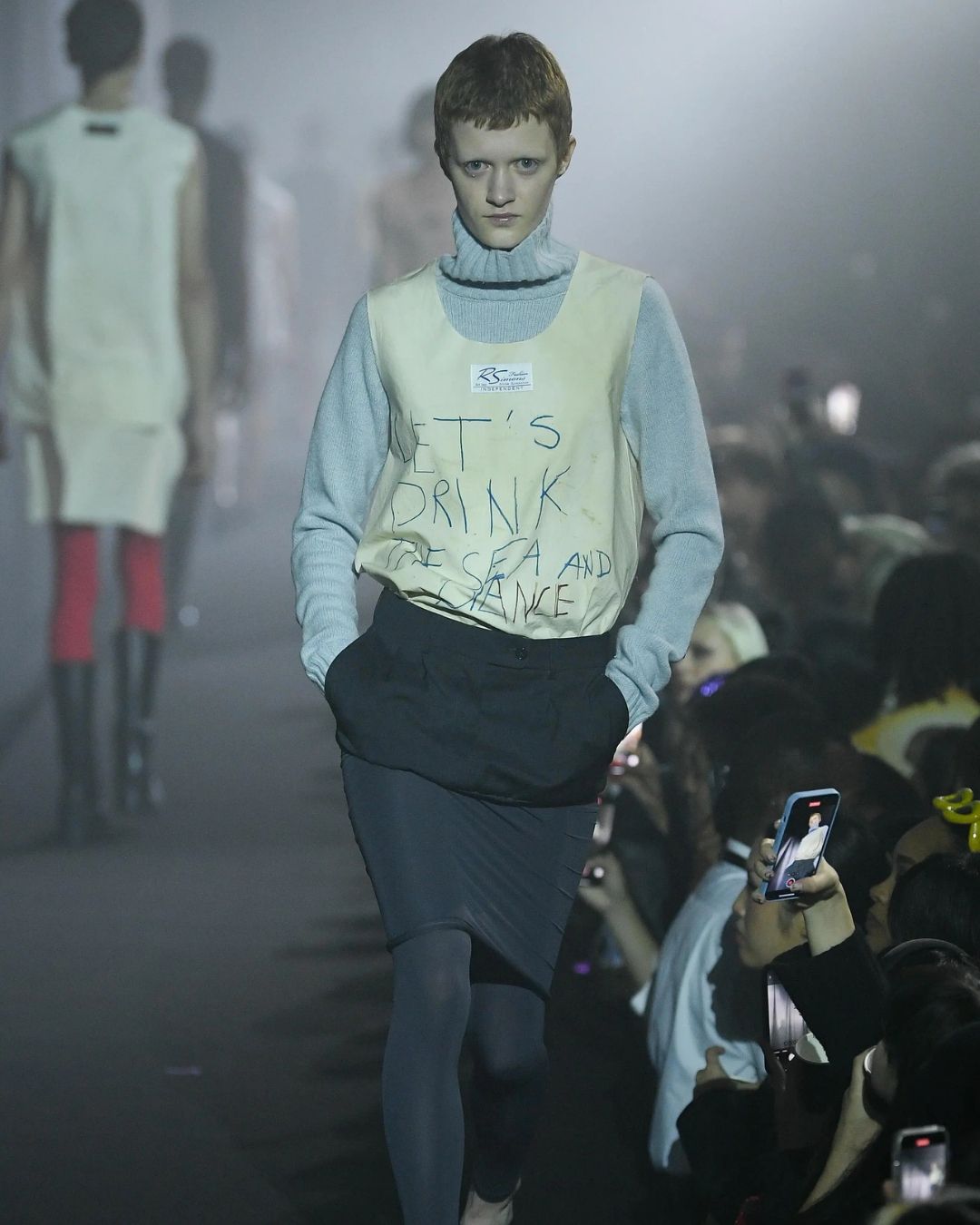
From underground to catwalk, how raves define the boundaries of culture Between rebellion and creation, the influence of rave on the global scene
“Raves are not just parties; they are silent revolutions, crossroads where music and fashion meet and fuse.” This quote perfectly captures the essence of this cultural phenomenon, which, since the 1980s, has continually erased geographical and social boundaries, transforming into a true space of freedom and expression. Raves, far from being mere nighttime events, are a platform where fashion and music interact, mutually influencing their aesthetic codes. Since the emergence of acid house in Chicago, this symbiotic relationship has allowed movements like raves to impose unconventional, often avant-garde aesthetics that have endured across decades. The rave scene has thus redefined personal expression through psychedelic looks, where patterns, colors, and extravagant accessories tell a story of cultural emancipation, just as much as the beats do.
@theravearchive One thing i find interesting about rave is there’s never a definitive answer for questions like this the way there is in hip-hop, IMO this is the first track that fully resembles what would become breakbeat (though very obviously not the first track with a breakbeat in it). It says a lot that the majority of the copies of this were sold to the UK. #rave #80s #80srave #90s #90srave #oldskool #dance #electronic #foryou original sound - The Rave Archive
The use of the word "rave" dates back to the 1950s, when it referred to the bohemian parties in Soho, London. However, it was in the 1980s, with the arrival of acid house, that raves as we know them took their current form. Acid house pioneers like Frankie Knuckles and Larry Heard brought this unique sound to Europe, first transforming Manchester and London, then the entire continent, into hotbeds of this musical revolution. The term "rave" was reclaimed by the British to describe these massive parties where American and British DJs attracted thousands of dancers. A notable example is Frankie Bones, a New York scene legend, who after playing to a crowd of 25,000 people in Coventry, brought rave energy to the heart of Brooklyn with the iconic Storm Raves. These events helped bring this cultural energy to the United States, cementing raves as an international counterculture, where the exchange between music and fashion became a vector for spreading new ideas.
@tiktok_fashion_show Walter Van Beirendonck | Fall Winter 2020/2021 #Fashion #WalterVanBeirendonck #runway original sound - kenny.muur
Beyond the dance floors, raves have profoundly impacted the fashion world, inspiring several major designers to integrate this culture into their collections. Walter Van Beirendonck, a prominent member of the Antwerp Six, was one of the first to embrace this aesthetic. A passionate raver himself, he introduced acid house culture elements into his collections as early as 1989 with "Hard Beat", blending colorful graphic patterns, knitted masks, and fur boots, capturing the eccentric and exuberant spirit of early raves. This eclectic style resonated with other visionary designers like John Galliano and Alexander McQueen, who frequented underground gay clubs in London, where theatricality and extravagance ruled. Their creations, while flirting with the anarchy and DIY spirit of free parties, paved the way for a more flamboyant and transgressive fashion. More recently, designers like Raf Simons and Demna Gvasalia have drawn from rave culture for collections that mix minimalism with ravewear influences, reviving this underground aesthetic in haute couture. These designers have captured the very essence of rave culture—anti-conformism, rebellion, and individual expression—and reintroduced it into collections that challenge established fashion codes.











































